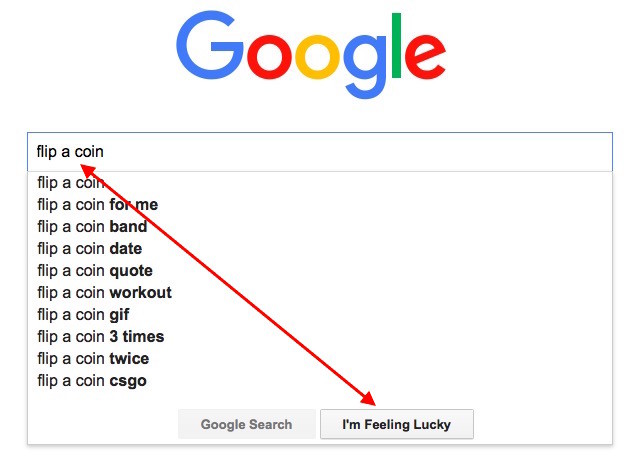When playing the game of chess, especially if you are a new, inexperienced player, you may find that it is a very difficult process to evaluate the rook position and making it superior over all the other chess pieces with the exception of the Queen. Even though it is already a fact that the rooks value is five times higher than the pawns and the bishop and the night come in at a three, other factors occur in certain position that change that fact. One thing is for sure; rooks can have the most variations in their values, than any other piece on the chessboard. An example of this would be if the rook got bound and was devalued, creating a situation where they are now worth less than the five pawns that they are usually worth. However, in a more open position, you will notice that the rook is more valuable than two lesser value pieces.
At the start of the game, the rook is weaker than all the other pieces on the board with the exception of the pawns. If you are in a hurry to release this piece you will find that this is a mistake, it will make your edges weak and may result in loosing the rook. It is a better to wait and to try to develop your bishop and save your rook, rather than jumping out there with force. While the rook is extremely powerful, it is not equal to your bishop or your knight, so be careful how you play these pieces. Now that you understand how this works, you are probably wondering, how then do I position the rook?
You may here a few who are of the mind to tell you that the best play an "Open File" which in chess is a file with no pawns of any color in it. This is not always the best move for the rook and could make a player make many unnecessary mistakes. Although a rook will make a strong open file there are some exceptions to the rule that should always be explored. One of those is that a rook can help out the pawns and the other pieces that could open file. Many players know it is not as important to open file as it is to threaten the possibility of such a play that forces the opponent to have to play against that possibility. It is always important to make the threat of a strong move possible, more so than to carry that move out.
The best thing about the rook is that simply accompanying its partner can increase its power. Having two rooks in a file are much stronger than having one, even if they are not close to each other. An important lesson to learn is that letting your rook double in value in a file will dominate the game. Having the two rooks will have very few equal pairings when it comes to valuation. And having two rooks with the help of a queen is a devastating combination that will shut down the enemy.
The most important rule about the rook and the queen is that the queen needs to be in front of her bishop and behind her rook, that way she is able to control the diagonals and to control the file. The best play would be to have the double rooks out in front of the queen; this type of play would cause your opponent to be at a severe disadvantage. These disadvantages include a backward pawn or a pinned piece. Should your queen be in front of your double rooks the piece that got pinned may very well come out and attack your queen. That is why the formation of having your queen behind the rook is such an important placement.
Using these simple ideas will help you to understand the positioning of the rook better. The best advise when learning about the importance of your rooks and their position is to study every strong possibility for using them. Then create new move patterns if need be, however if you should be wrong, just eliminate this from your game and keep trying till you have created stronger moves for your rooks.






 Agarest: Generations of War 2 Combat Guide - How to Claim Victory
Agarest: Generations of War 2 Combat Guide - How to Claim Victory Review: The Sims 4
Review: The Sims 4 Game of Thrones Games That Need to Exist Already
Game of Thrones Games That Need to Exist Already Titanfall level unlocks and XP requirements
Titanfall level unlocks and XP requirements Next Generation Of MOGA Gaming Controllers Now Available
Next Generation Of MOGA Gaming Controllers Now Available